12 Days 11 Nights
Deep South & Western Sahara, The Forgotten Land And Tradition.
This curated tour to the deep southern Morocco bring alive the true magic and mystical of life on the road less travelled. Scenic drive on road which followed lines of the mountain with short, straight sections, then hairpin bends. And after every hairpin, a new view revealed itself: vast, cocoa-coloured mountains fading to a hazy blue, bisected by a thin grey road. Sudden swinging of deep valley route to vast plain of eyes meet the horizon, be prepared for the feeling of isolation, inhospitable landscape and desertion.
We travel to marvel at some of the world most treasurable heritage of the Amazigh people. The soon to be lost to the world with manmade situation or from nature itself. They are the ingenuous people of the Sahara, their mud plaster architecture from the Kzar, Kasbah to the granaries are testament to the people ingenuity of creativity for survival in the harsh region protecting oneself from the enemy and the securing communities.
Visit to the granary, the lost architecture heritage of the Amazigh people. A granary is a stone structure that blends into The Amazigh settlement of the Anti-Atlas region, be it on the mountain cliff or camouflaging in an oasis. It is a form of communal protection for valuable such as grains, cereal, dates, corn and etc. It serves as a storage to secure for unpredictable harvest due to the regional climate as well as a place for the security of invasion by other hostile Sahara nomads and the central government, Makhzan.
It is a symbol of solidarity and resilient of the Amazigh society while the individual buildings demonstrate the amazing craftsmanship of local builders. Depending on the Amazigh tribes, entrance to the granary has its unique custom and belief with a customary prayer of “bismillah” during the collection of grains and entrance only with a sexually clean body and removing one slipper. It is believed that the holiness of the granary itself increases the harvest with its storage.
The Amazigh means the "Free People" speak their indigenous Tamazight language, who are the original settler in North Africa with a historical background from as far as 2000 BCE. The current Igoudar founded and some under restoration are dated between the 6th and the 7th century when the southern tribes are still practicing the nomadic life. Until today, all the granary is guarded by a selected guardian.
Assa Ksar is one of the largest in the Kingdom a total area of more than 3 hectares with the rehabilitation was initiated by the Agence du Sud to preserved the tangible and intangible of this 16th centrury Sahrawi history. It sit on the hill at the edge of Assa oasis is a township of palaces with watching towers surrounded in protective thick walls, a zaouia and small individual houses. It tells the story of ancient lifestyle, creative architecture, beliefs and continuing on it growth and progresses seamlessly with the passing of each dynasty. It outstanding monument and sign of early Islamic Movement will be the zaouia Assa which play an important role in the expansion of Islam. The “Timzgueda Oufla” stone mosque founded by Lahoucine M’barek Amghar, one of the leader of the time. Bouj Ihcach Castle and Inamar square is a place for gathering and celebration of festival.
The beauty and mysterious of the Sahara conjure image of blue veiled nomad with his camel and the slow weaving trek on the smooth curves of the golden sand dunes, will be the highlight of the tour when we transform ourselves for an night of just be nomad, of sparking star as our guide to the sweetest dreams of our life.
This tour bring you along to the journey all about people. Connection between us and them; between us and pre-historic civilization, a time that we only know too well from text book. The deep south, are full of neolith rock art of the categories of “Tazina” and “Peck Cattle” left behind as a means of communication and today it tell us the story about them.
As we travel we will immersed in the language of spirituality of the land, where mountain rule supreme and the river gives lives. Sufism known as tasawwuf in the Arabic-speaking world, is a form of Islamic mysticism that emphasizes introspection and spiritual closeness with God. We stop by Assa the spiritual city which host 366 Muslim saints.
Veneration of saints and pilgrimage to holy men tombs is important part of Islamic tradition in Morocco. Holy men were known by many different titles in medieval Morocco, such as “moulay”, “sidi” and “marabout”. The lives of all such saints were imbued with the “barakah”, means blessing of God, conceived as a real power of manifesting itself in healing and other miracles. The town of Assa who is also known for its beautiful crafted Sahrawi poetry will hold an annual “mausim” festival during the Prophet Muhammad’s birthday or “Mawlid”.
The tour provide beauty beyond photography, the switches of scenery beyond film like capturing of our mind eye, the wave of emotion touches base with deep understanding of harden life of their people, the century old conflict of land, the long submerged of tradition and belief, the silent cry of their evaporating identity and we are here today as the present turns to history.
Tour Highlights:
- Experience the proud, strong and enigma city of Touradant.
From 11th century Berber’s kingdom to the Almovarid and destroy by the Merinides in 1306, followed by being the host of Saadian’s Dynasty first capital city. The city testimonial to great military defence, the Saharan trade route and exquisite silversmithing, are still visible for appreciation to those who set their feet here. - Visit to the granary, the lost architecture heritage of the Amazigh people.
A granary is a stone structure that blends into The Amazigh settlement of the Anti-Atlas region, be it on the mountain cliff or camouflaging in an oasis. It is a form of communal protection for valuable such as grains, cereal, dates, corn and etc. It serves as a storage to secure for unpredictable harvest due to the regional climate as well as a place for the security of invasion by other hostile Sahara nomads and the central government, Makhzan.
It is a symbol of solidarity and resilient of the Amazigh society while the individual buildings demonstrate the amazing craftsmanship of local builders. Depending on the Amazigh tribes, entrance to the granary has its unique custom and belief with a customary prayer of “bismillah” during the collection of grains and entrance only with a sexually clean body and removing one slipper. It is believed that the holiness of the granary itself increases the harvest with its storage.
The Amazigh means the "Free People" speak their indigenous Tamazight language, who are the original settler in North Africa with a historical background from as far as 2000 BCE. The current Igoudar founded and some under restoration are dated between the 6th and the 7th century when the southern tribes are still practicing the nomadic life. Until today, all the granary is guarded by a selected guardian. - Appreciate the left behind art on dwelling and roam the abandon and ruin village of the Amazigh tribe’s, having thrived in harsh desert conditions, they are once renowned for their architecture with exceptional knowledge of water management, passive solar design and insulated earth construction.
- Feast on the last few scared architecture of Amazigh’s Ksar or fortress of the 14th century. Assar Ksar is one of the largest in the Kingdom a total area of more than 3 hectares with the rehabilitation was initiated by the Agence du Sud to preserved the tangible and intangible of this 16th centrury Sahrawi history. It sit on the hill at the edge of Assa oasis is a township of palaces with watching towers surrounded in protective thick walls, a zaouia and small individual houses. It tells the story of ancient lifestyle, creative architecture, beliefs and continuing on it growth and progresses seamlessly with the passing of each dynasty. It outstanding monument and sign of early Islamic Movement will be the zaouia Assa which play an important role in the expansion of Islam. The “Timzgueda Oufla” stone mosque founded by Lahoucine M’barek Amghar, one of the leader of the time. Bouj Ihcach Castle and Inamar square is a place for gathering and celebration of festival.
- Learn about the cultivation and planting of Safron at one of the highest plateau at about 1300-1500 meters above sea level,
- Soak in the beauty of the desert during the camel trek into the Sahara Desert,
- Enjoy an unforgettable night spend in the Berber’s camp with delicious Berber’s cuisine accompany by the milky way,
- Travel through the wide, untamed and arid land, layering of hard orange hue of rocky mountain to the vast spread of horizon, crossing valleys, oasis and mud-thatched Berber’s villages,
- Discover small dusty, almost forgotten town where tradition is still strong and the scenery is inspiring,
- Come close with Neolthic art at caves and rock, a form of communication of the community as view by the archaeologist. With the rapid destruction of these element of pre-historic values and culture by nature or human, it is now in need of urgent studies and recording of these valuable site to be done.
- Visit the Sufi town of Assa with narration where all Muslim saints gather during the celebration Prophet Muhammad’s birthday. Veneration of saints and pilgrimage to holy men tombs is important part of Islamic tradition in Morocco. Holy men were known by many different titles in medieval Morocco, such as “moulay”, “sidi” and “marabout”. The lives of all such saints were imbued with the “barakah”, means blessing of God, conceived as a real power of manifesting itself in healing and other miracles. The town of Assa who is also known for it beautiful crafted Sahrawi poetry will hold an annual “mausim” festival during the Prophet Muhammad’s birthday or “Mawlid”.
- Contribute a silent prayer to a soon to found peaceful solution to the disputed Western Sahara territory as we passing from Zag to Smara, where the location of the 2700 km of sand wall separating Morocco control side (east side of Western Sahara) to the Sahrawis tribe who from the Polisario Front settling on the west side.
- Rest and relax at Western Sahara beauty well known beach destination for an amazing relaxation time.
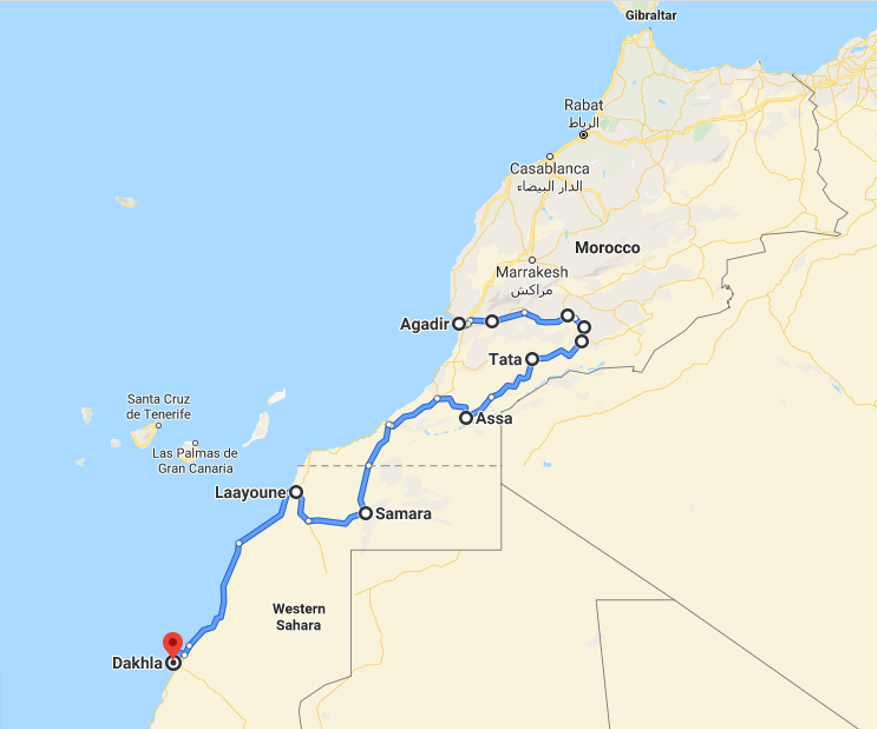
Inclusion
✅ Daily Transportation on Modern Air-conditioned Vehicle
✅ 4 Nights Accommodation – Twin/Double Room Sharing
✅ Daily Hotel Breakfast
✅ Daily Hotel Dinner (Only 4 star)
✅ English Speaking Tour Guide
✅ Tour as stated in itinerary
Exclusion
❌ International Flight Ticket
❌ Lunch
❌ Entrance Ticket
❌ Gratuities to Driver & Tour Guide (€4/day/pax)
❌ Travel Insurance
❌ Visa if Applicable
❌ Pre & Post Accommodation
❌ Airport - Hotel Transfer Service
❌ Any Upgrade or Optional
| Entrance Ticket | ||
|---|---|---|
| City | Attactions | Price Per Pax |
| Essaouira | Skala Fortress | € 1 |
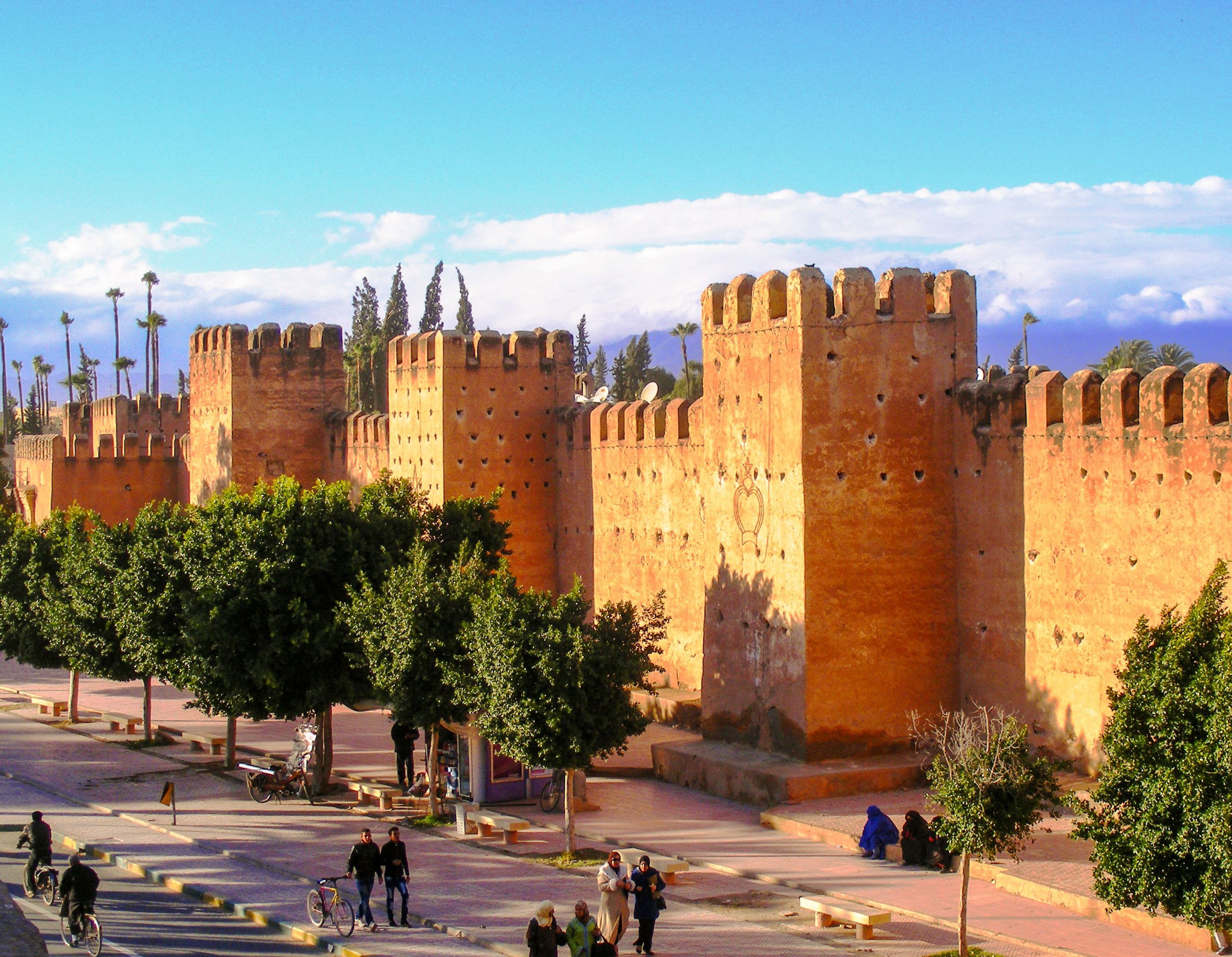
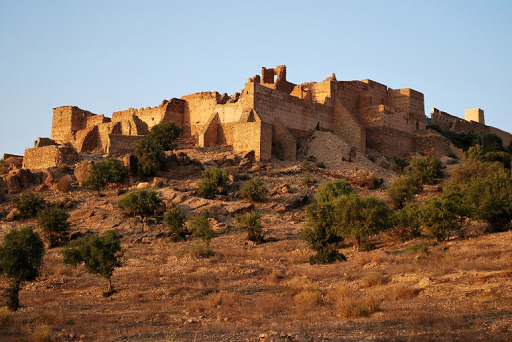
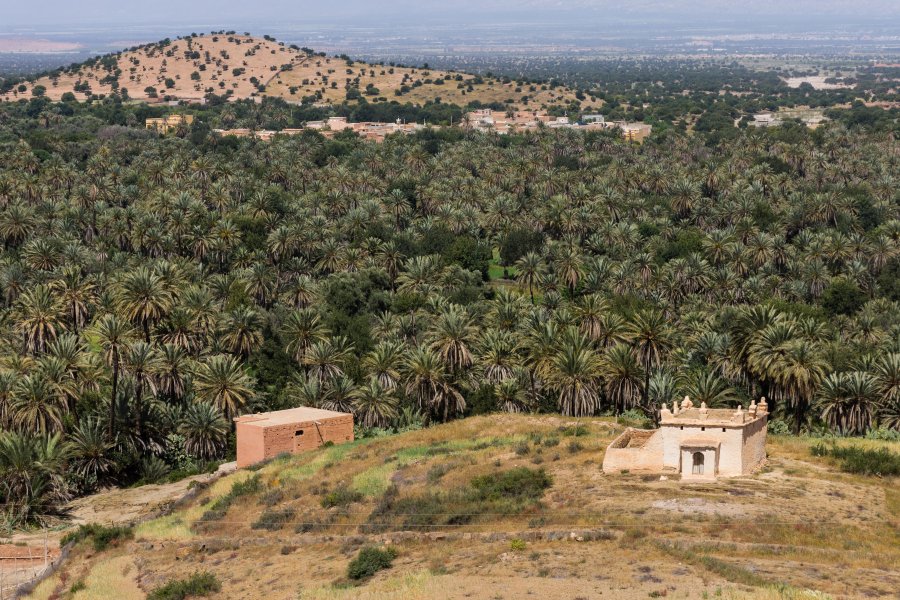
Hotel – Le Palais Ounensour or Riad Tafilag
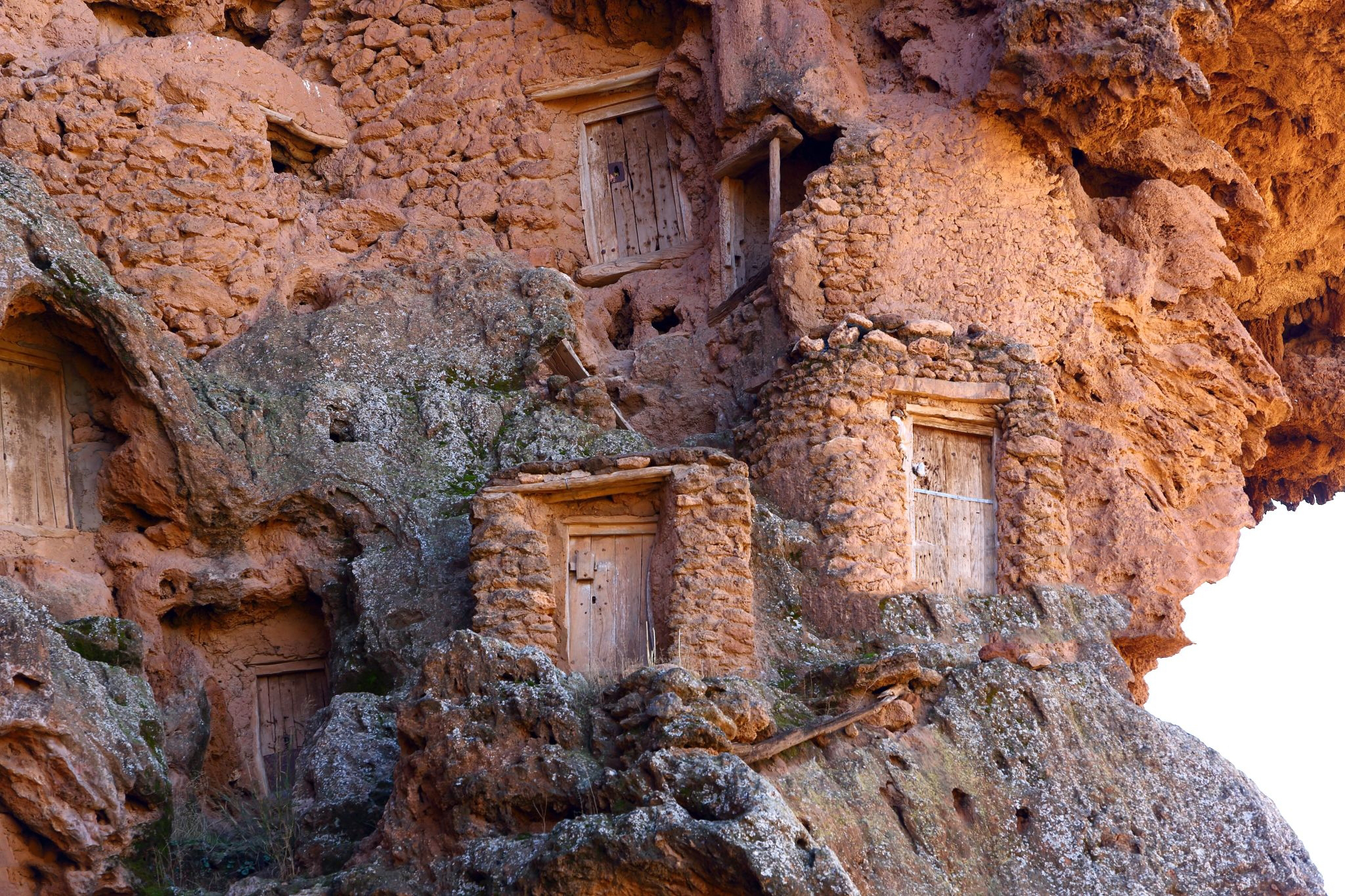
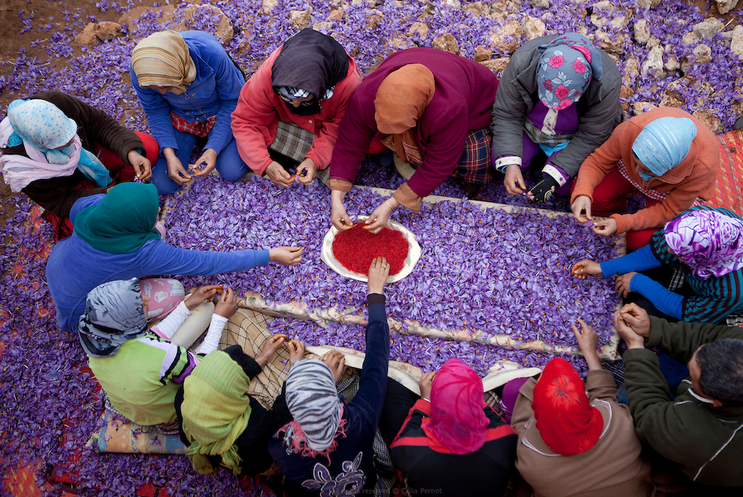
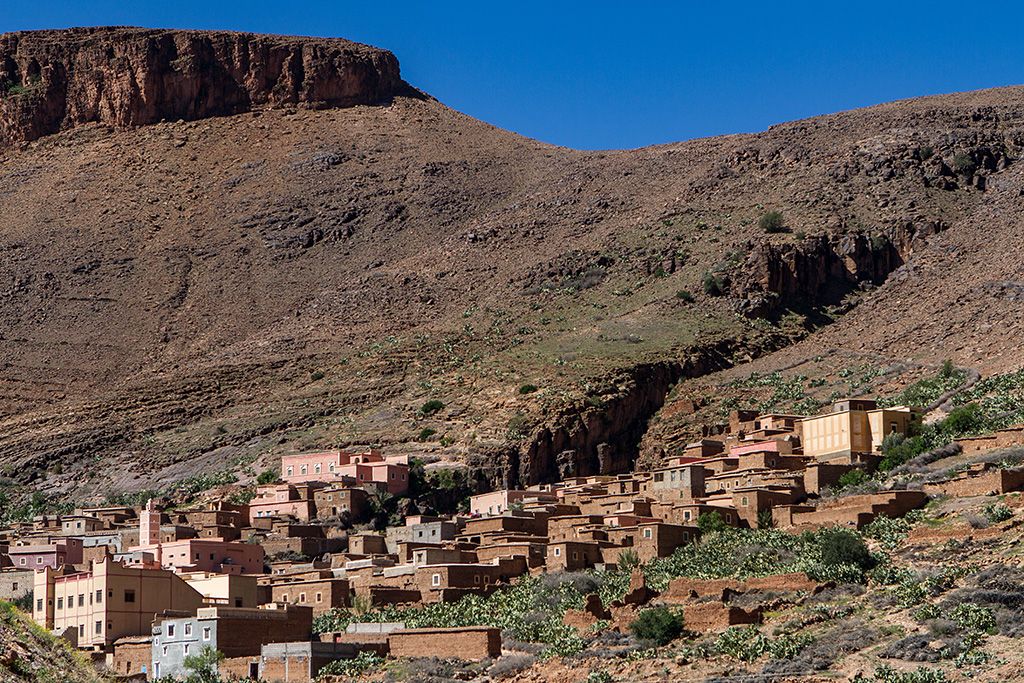
Hotel – Hotel Zenaga or Hotel Taghadoute
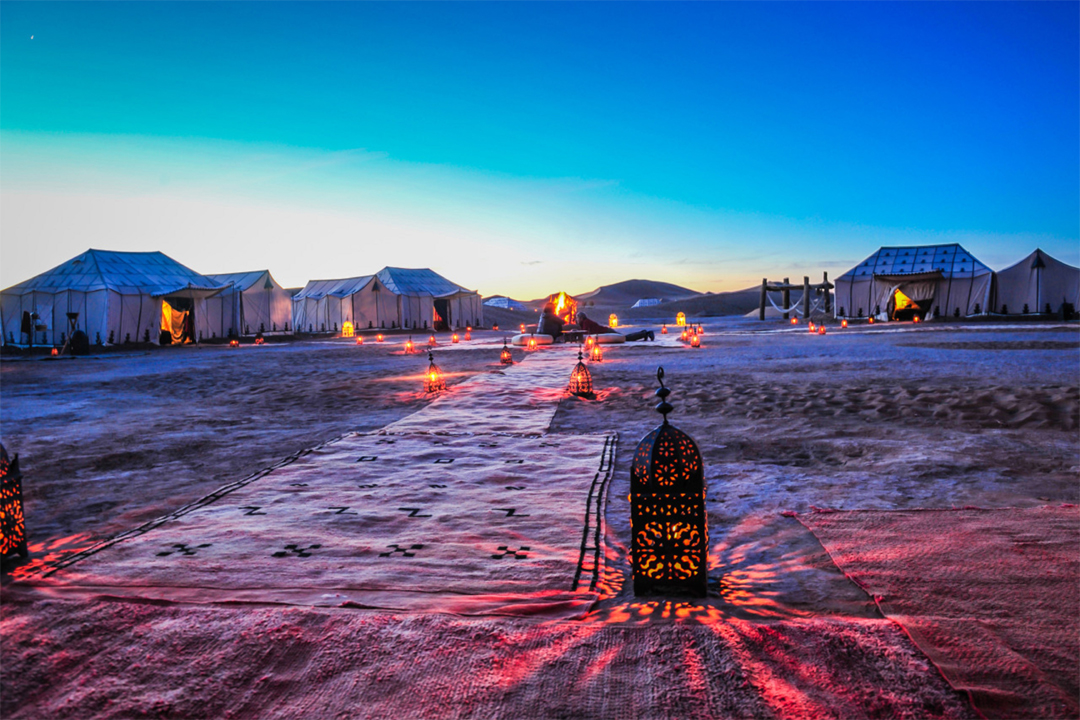
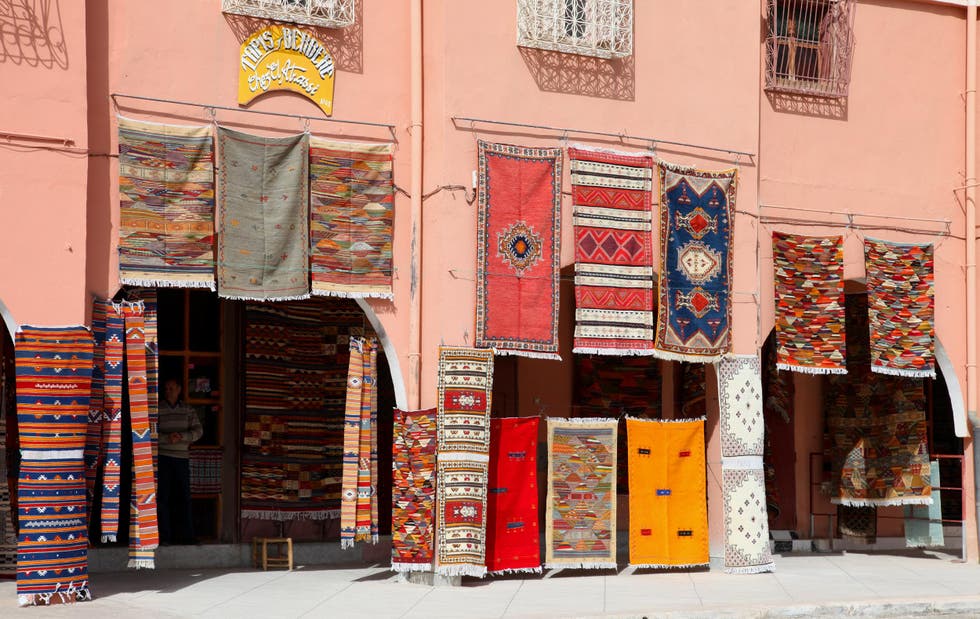
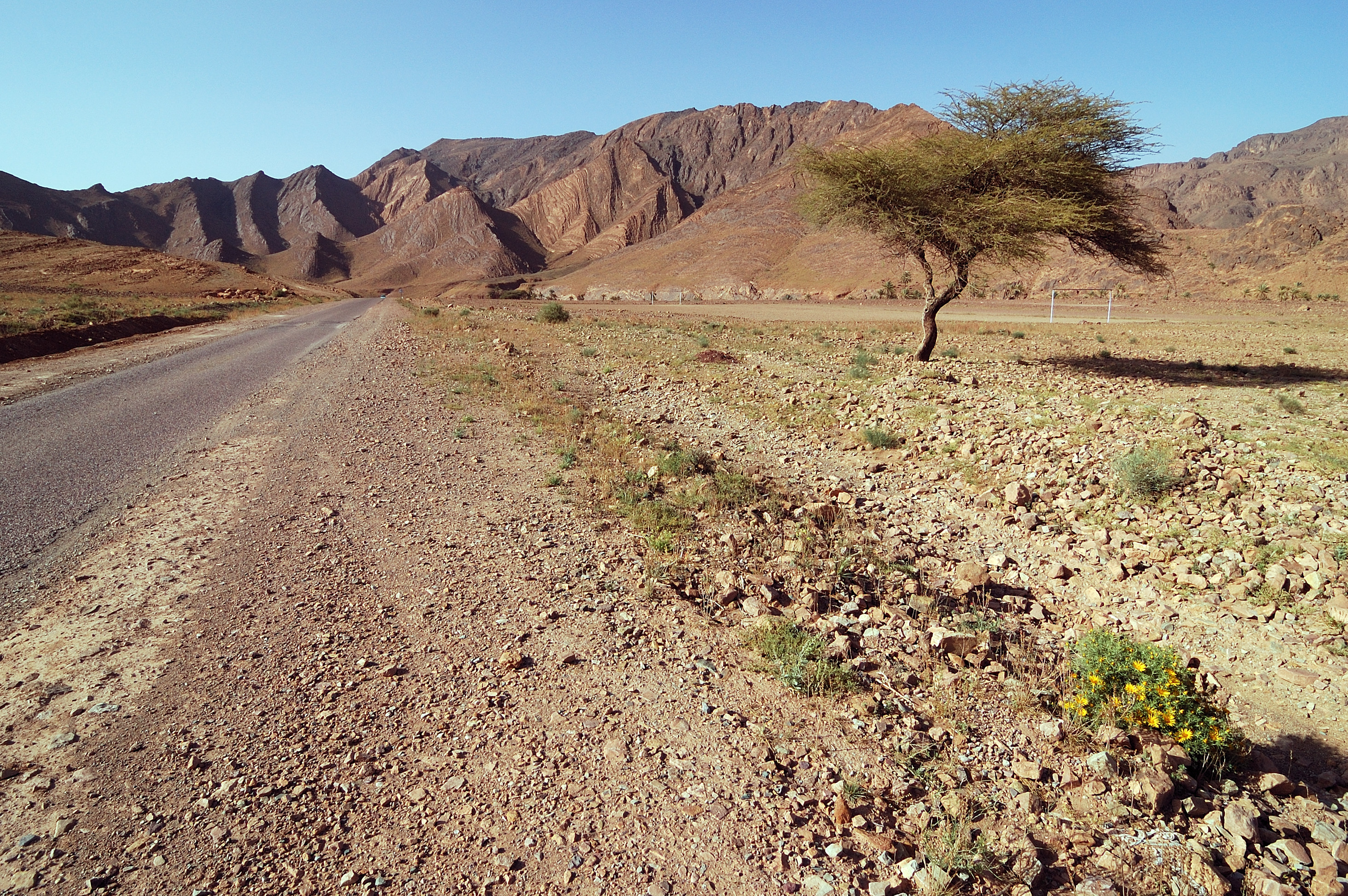
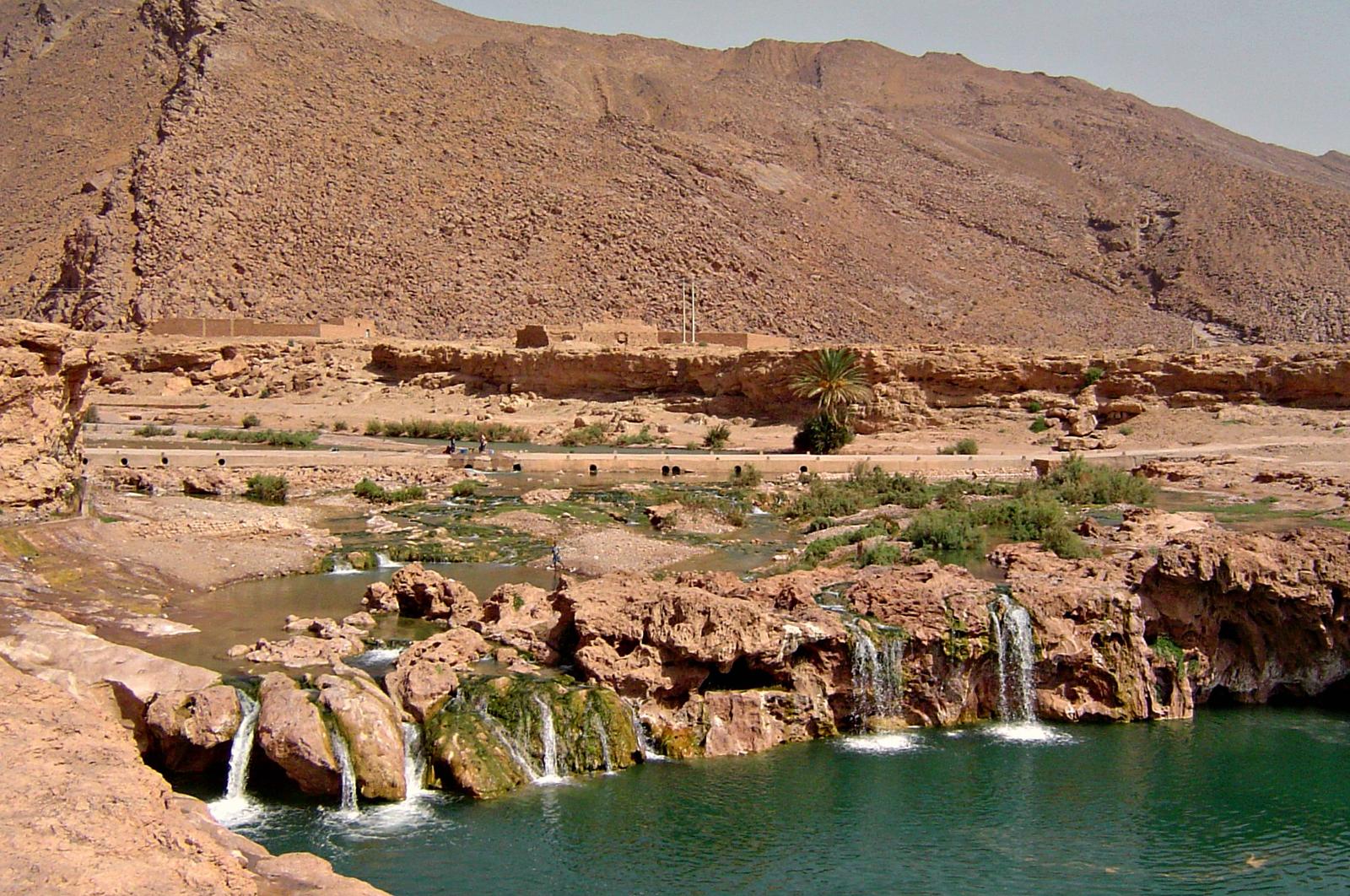
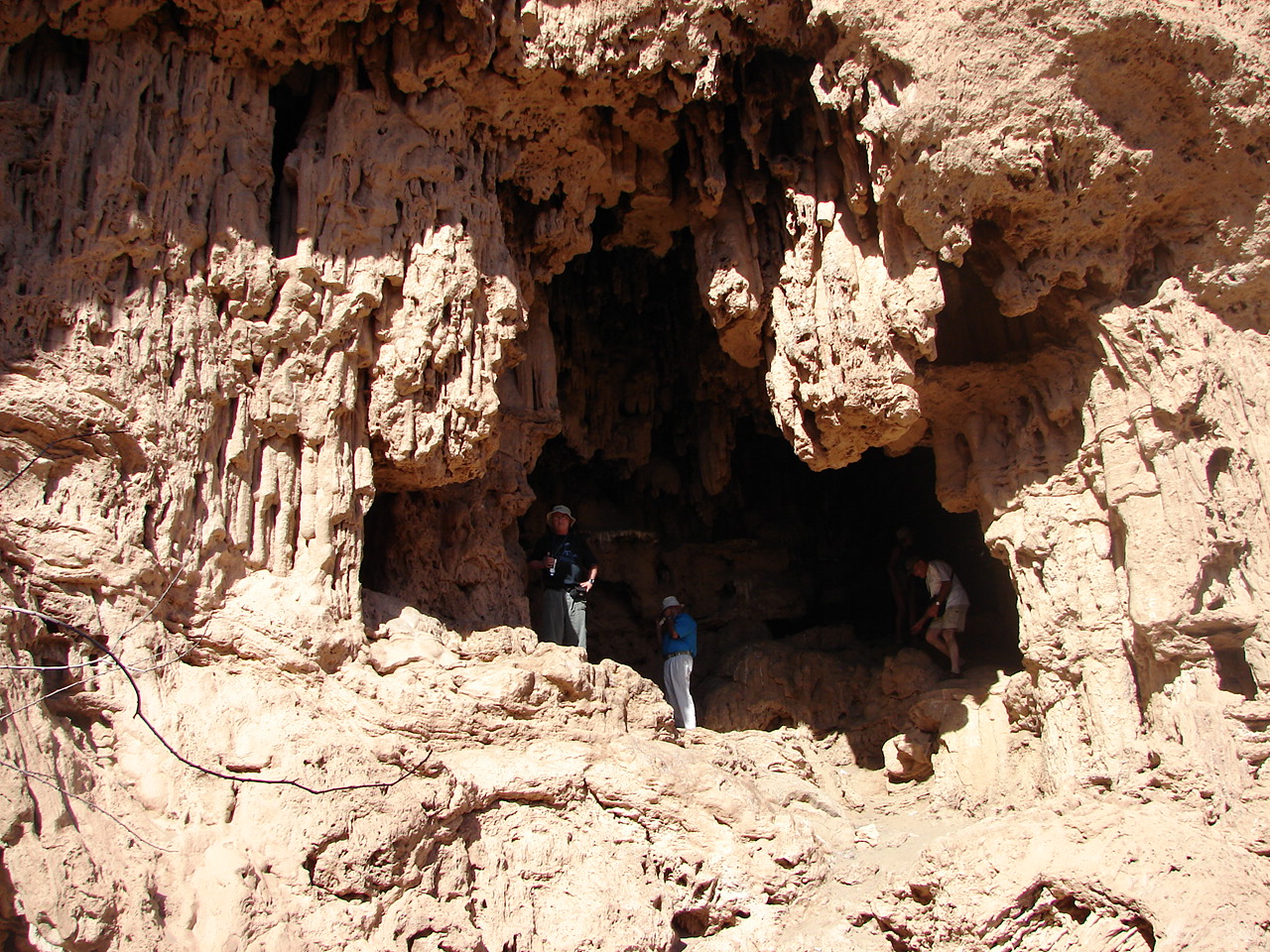
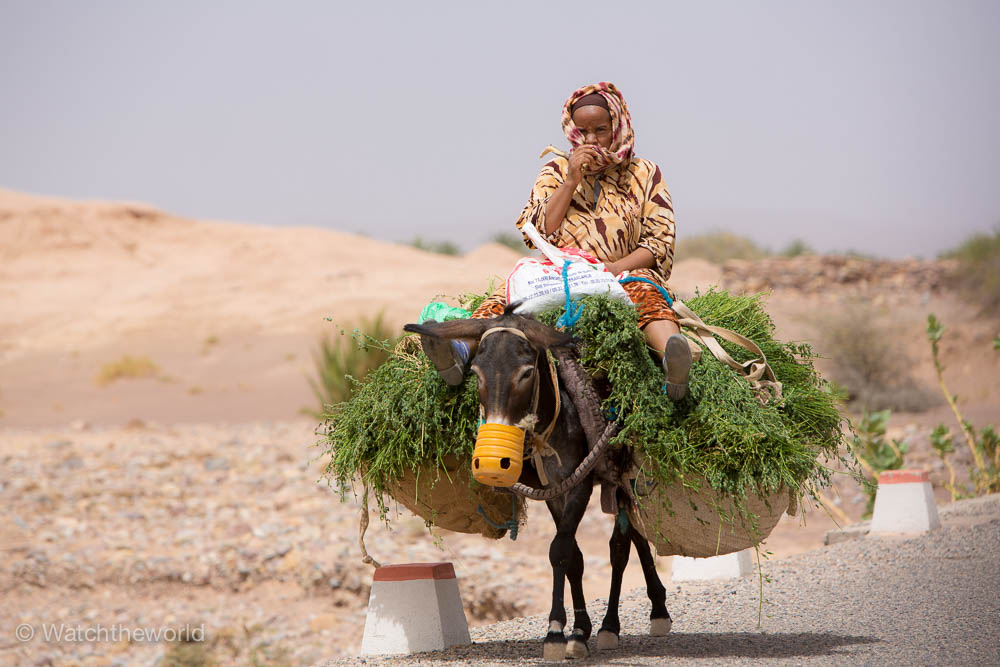
Hotel – Dar Infiane or Le Paradis or Oasis Dar Ounou
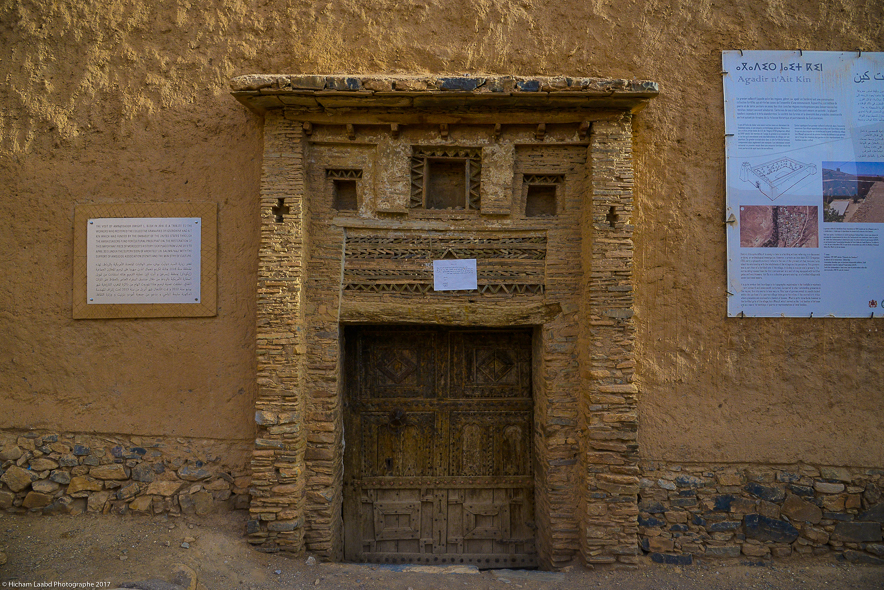
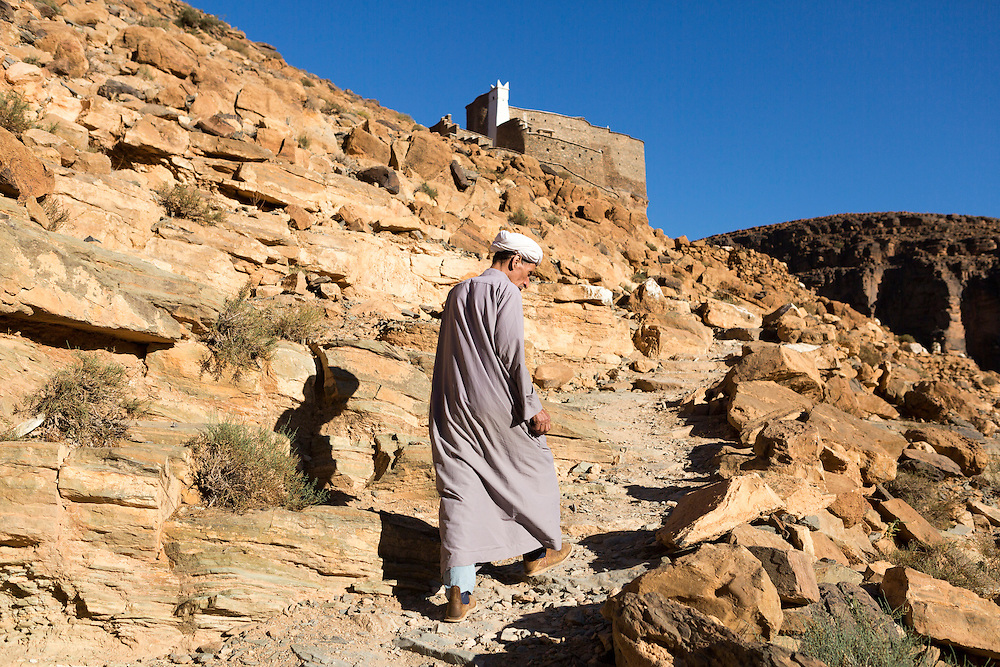
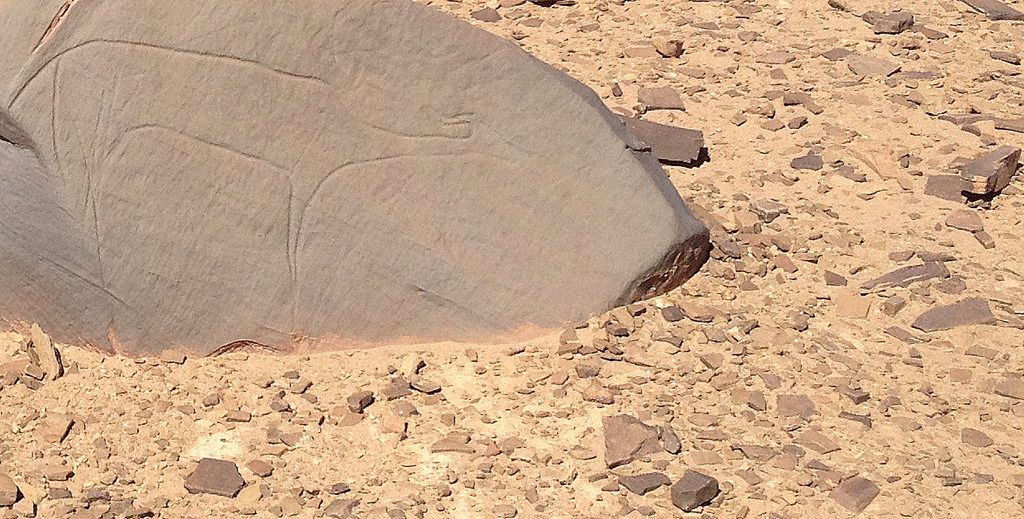
Hotel – Dar Infiane or Le Paradis or Oasis Dar Ounou
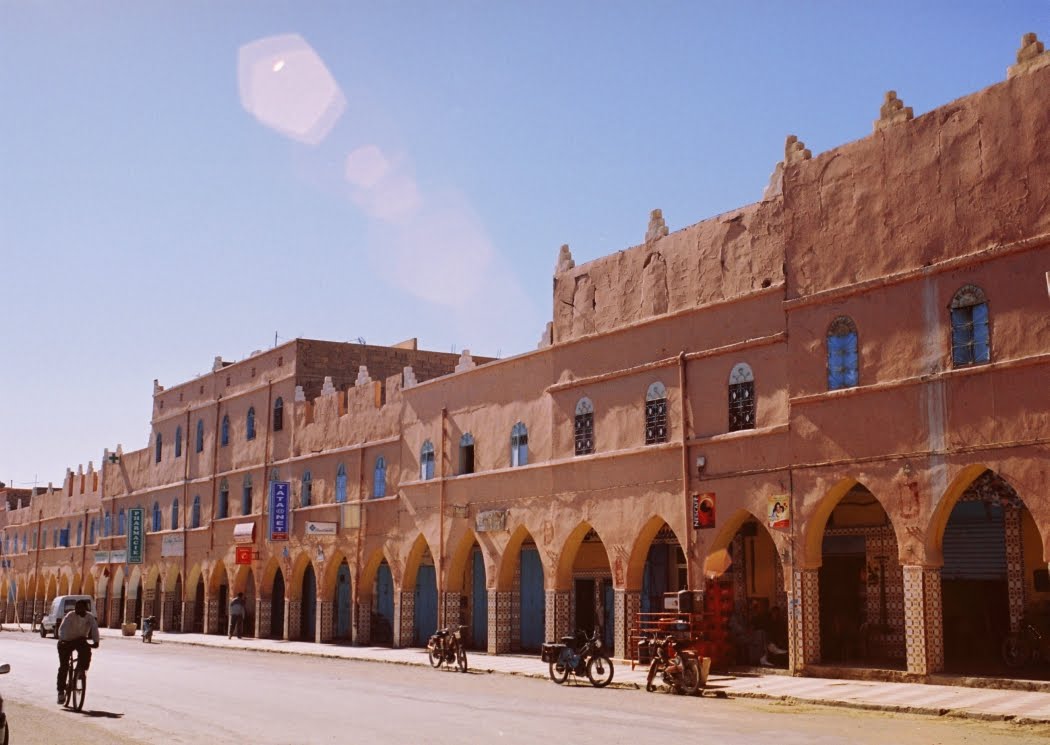
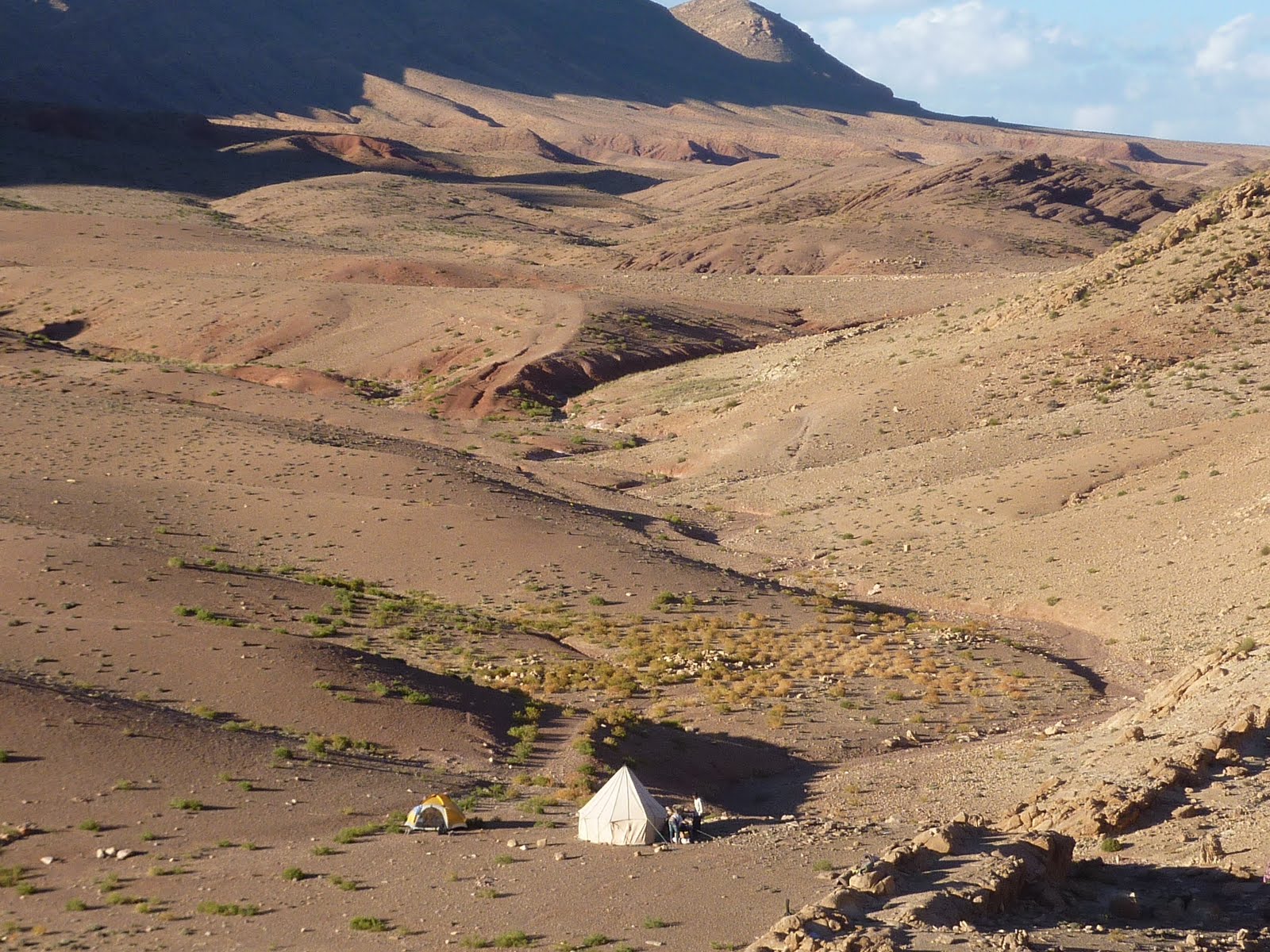
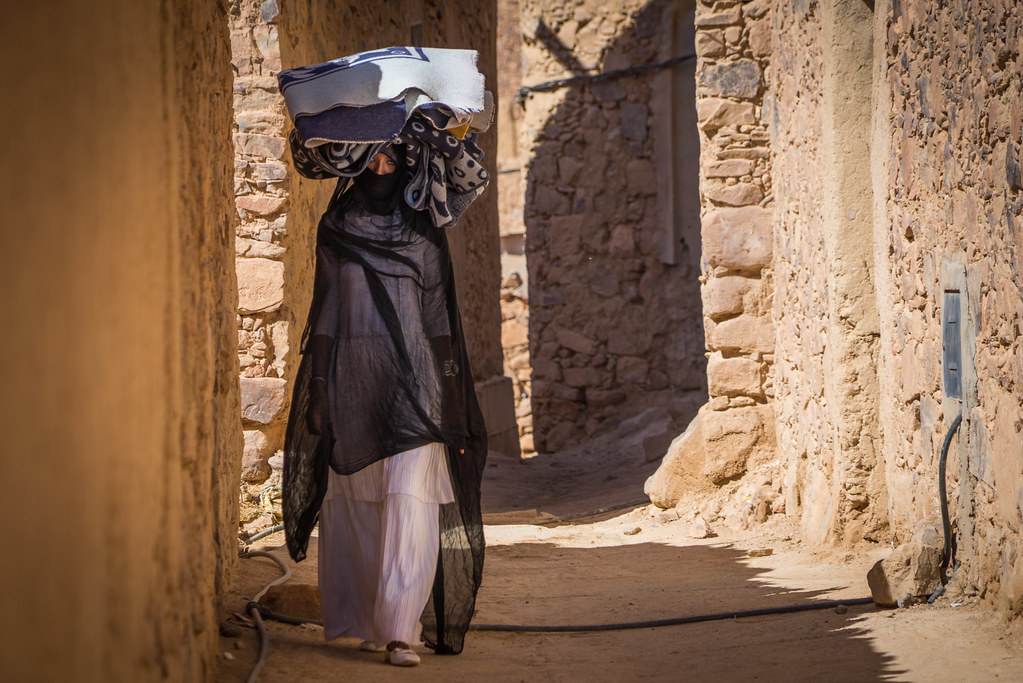
Hotel – Nidaros or Elghardaqa
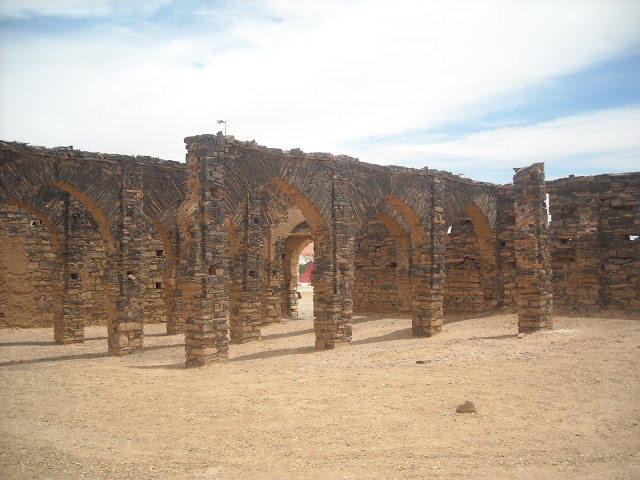
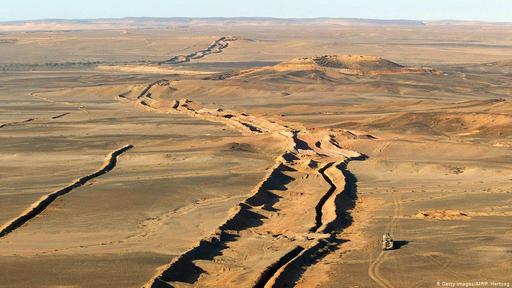
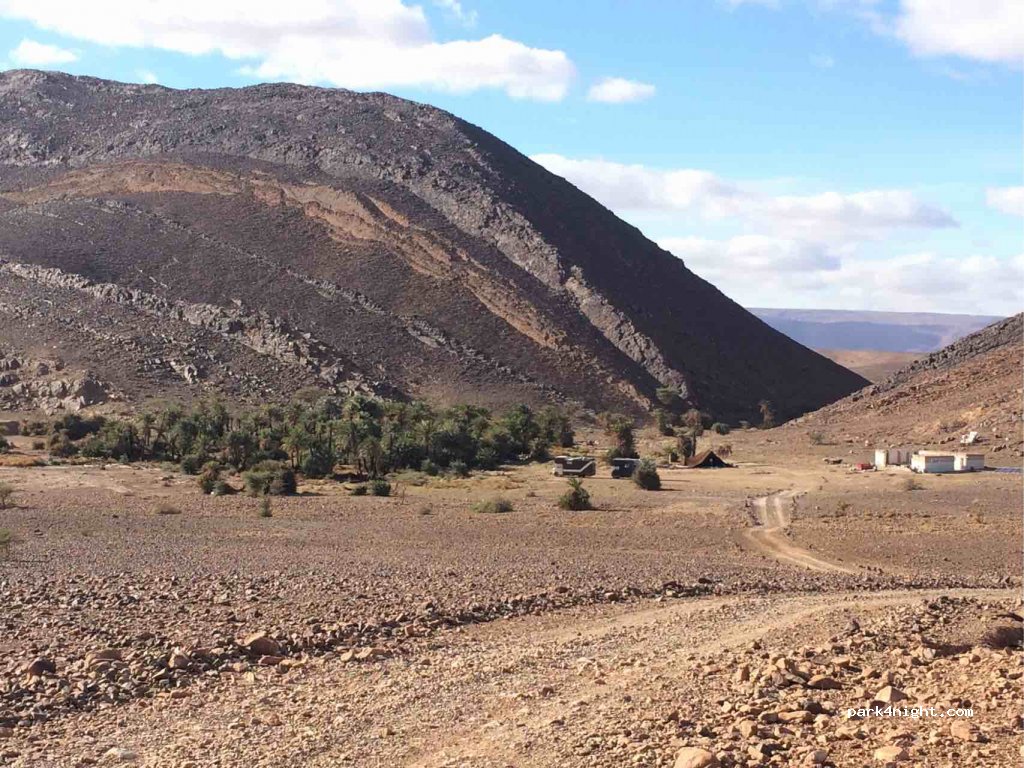
The town tell the story of isolation, the feeling of nothingness and yet shower you with deep connection to it rich invisible history. Be it from the people that your meet or simply just being in the location itself, beyond your visual is well hidden energy, breeze of the soul ready for each to feel it magical past yet suspended in time. Accommodation here is basic and there is a town Hammam if one need a hot bath.
Hotel – Hotel Amine
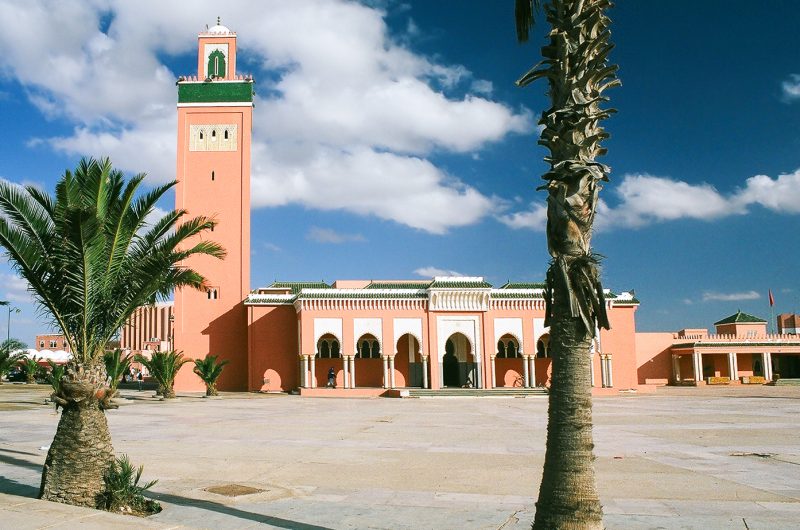
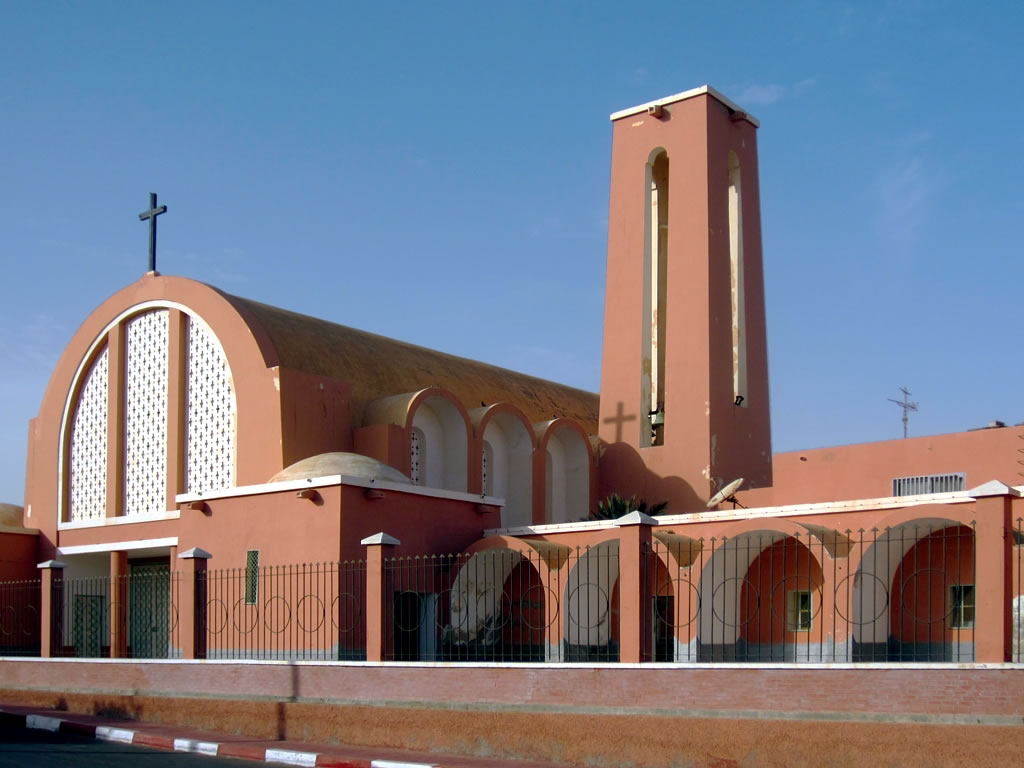
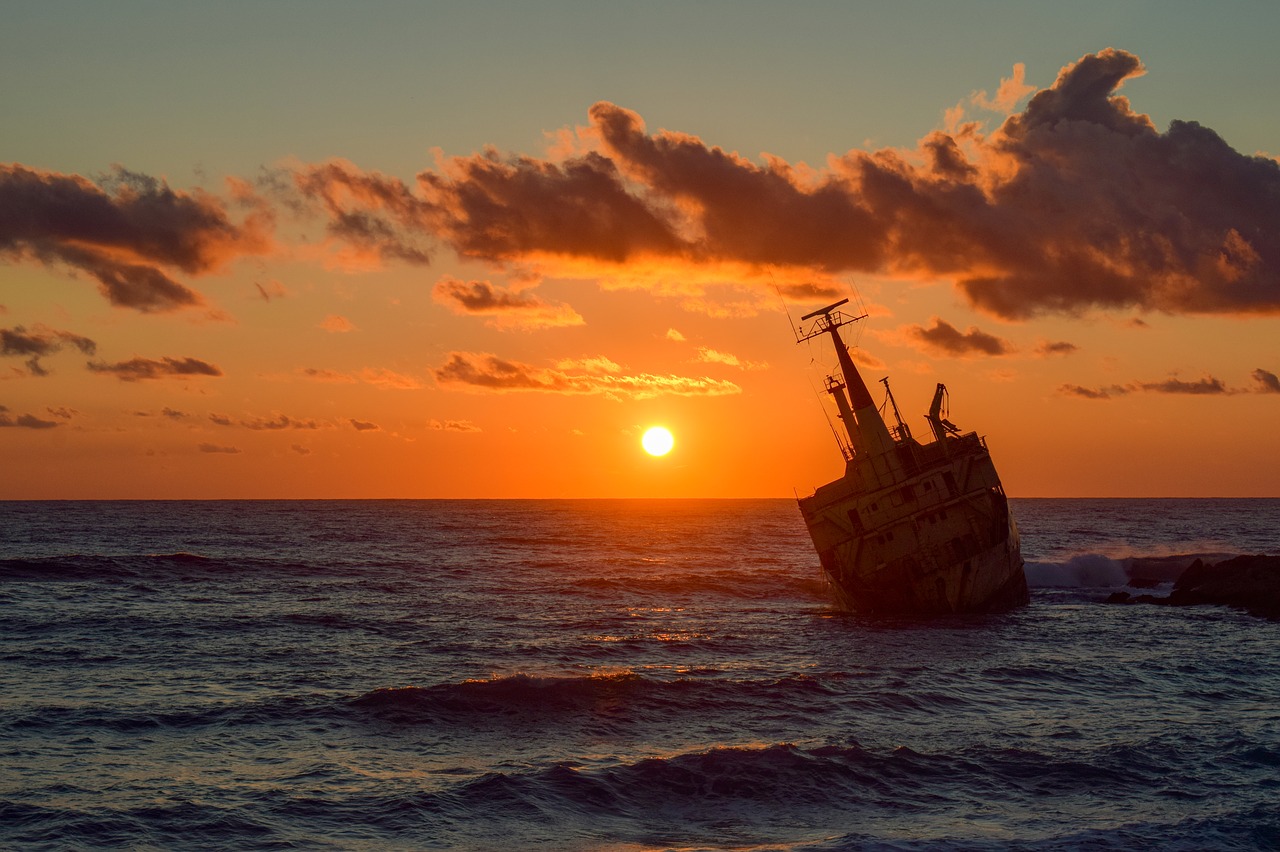
For the evening, we will explore Place Dchira a nice modern location with modern café, delicious restaurant and pizza or simple try some street food such as kebab and grill meats.
Hotel – Hotel Al Masira or Hotel Parador – 4 stars
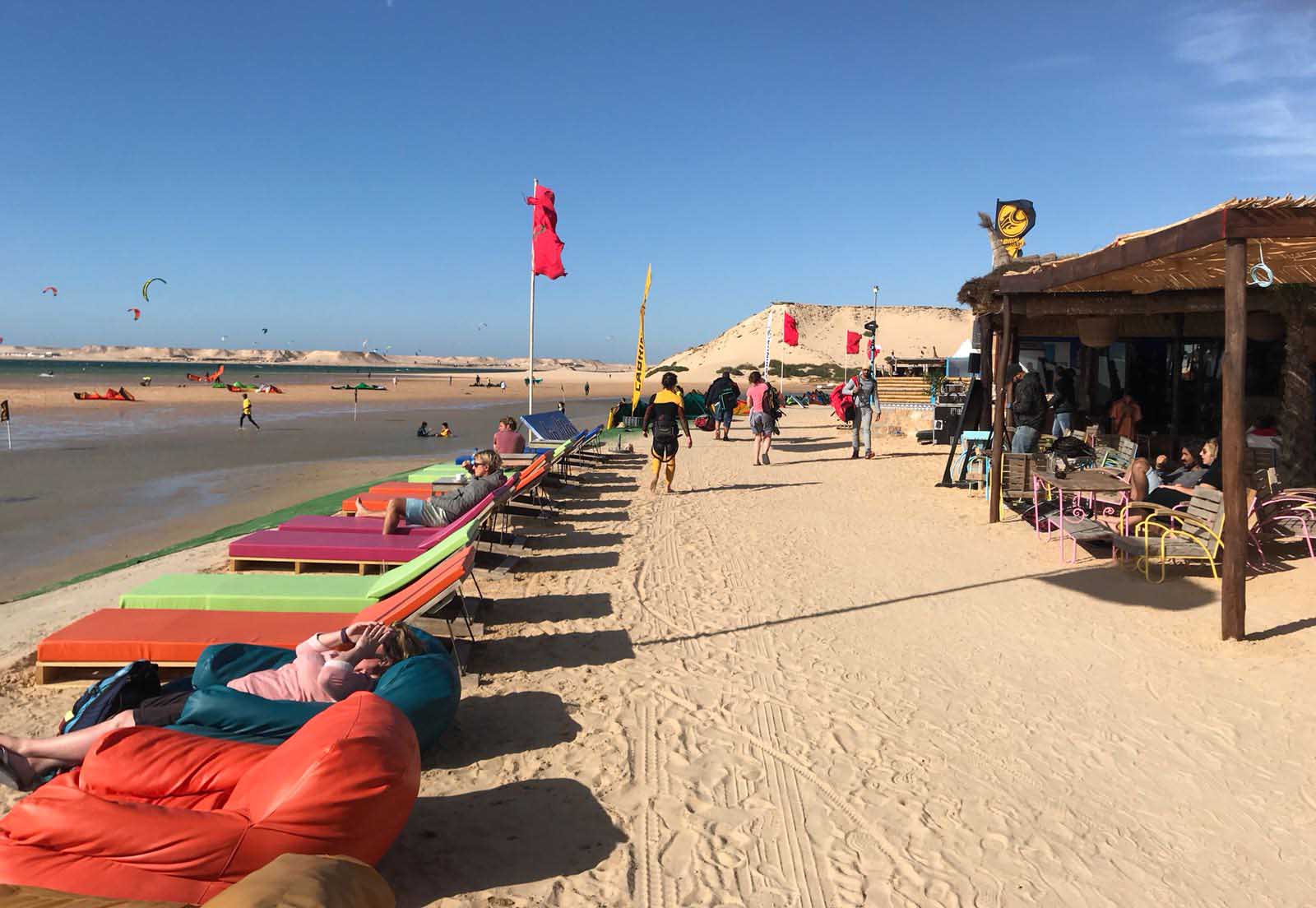
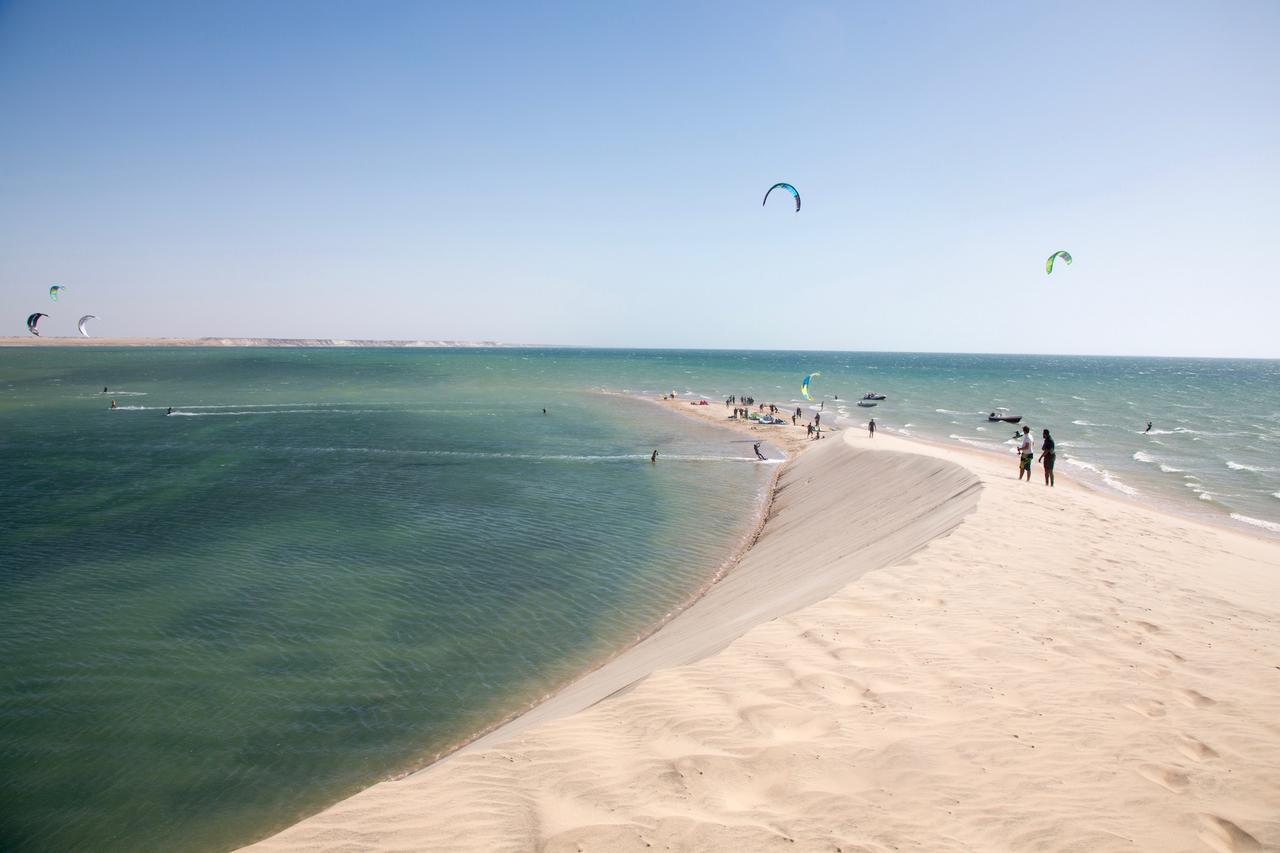
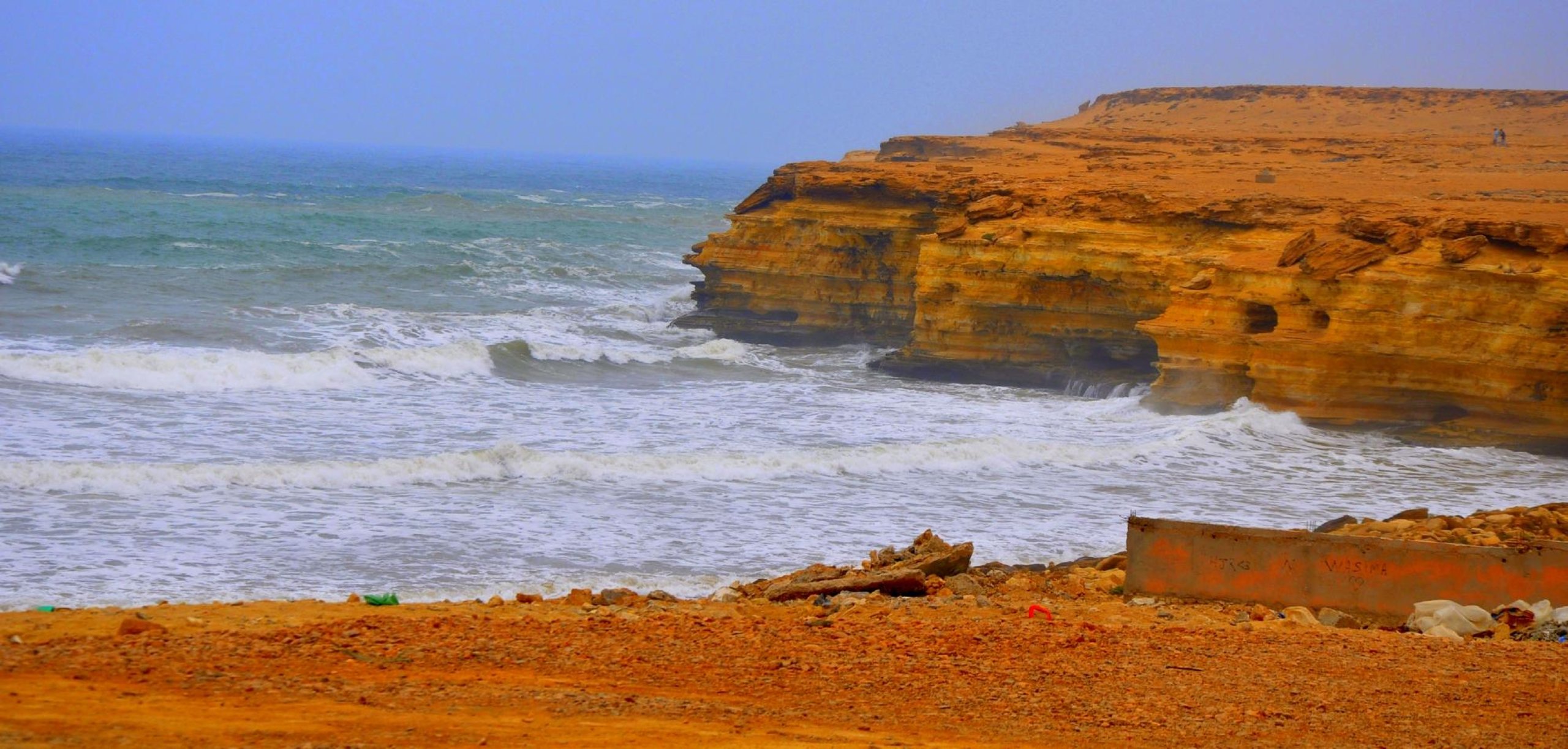
Hotel – Zenith Dakhla Kite Resort or Dahkla Club
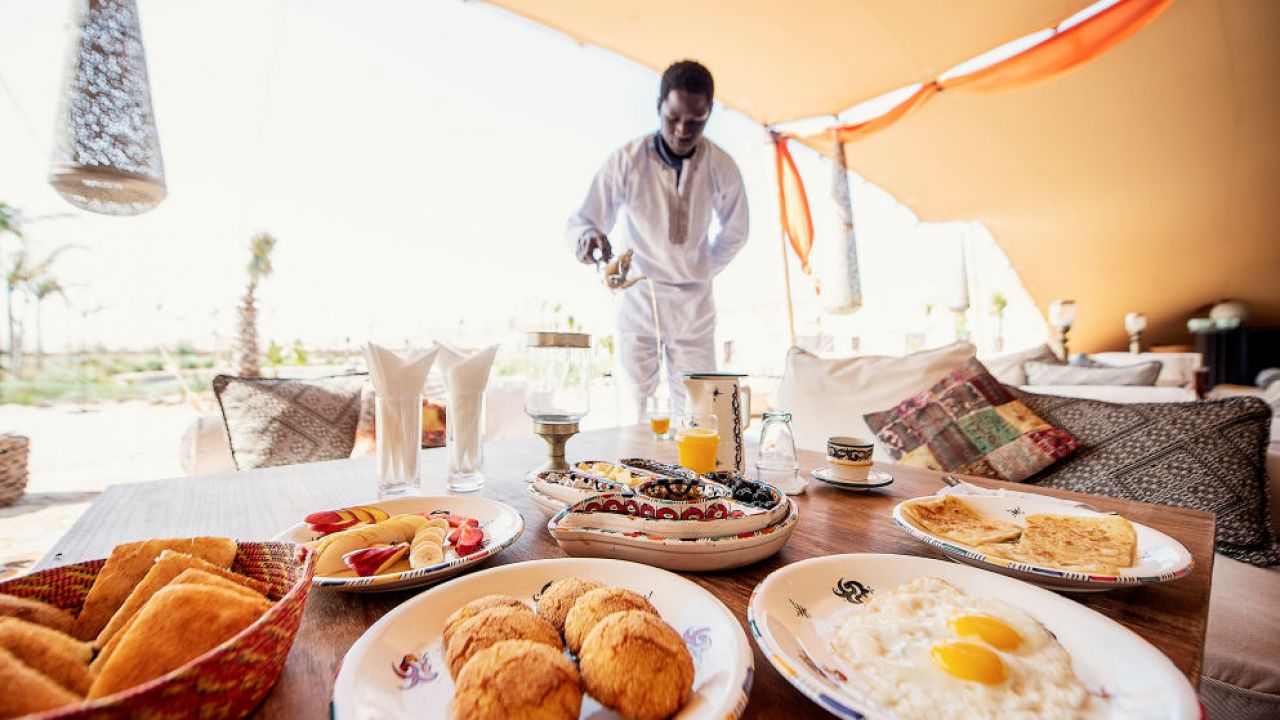
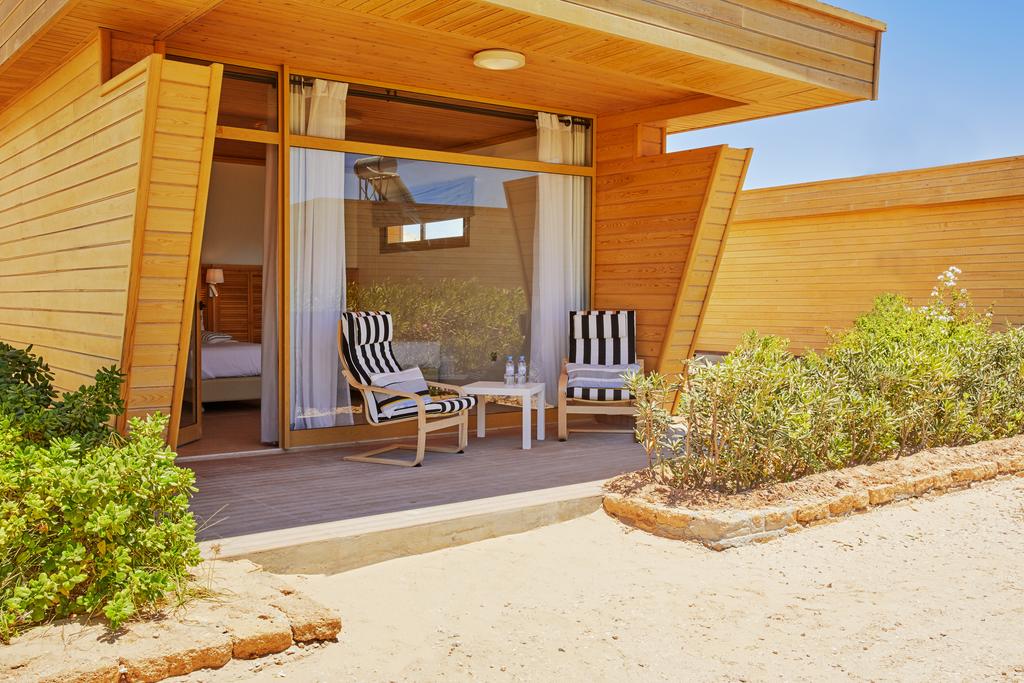
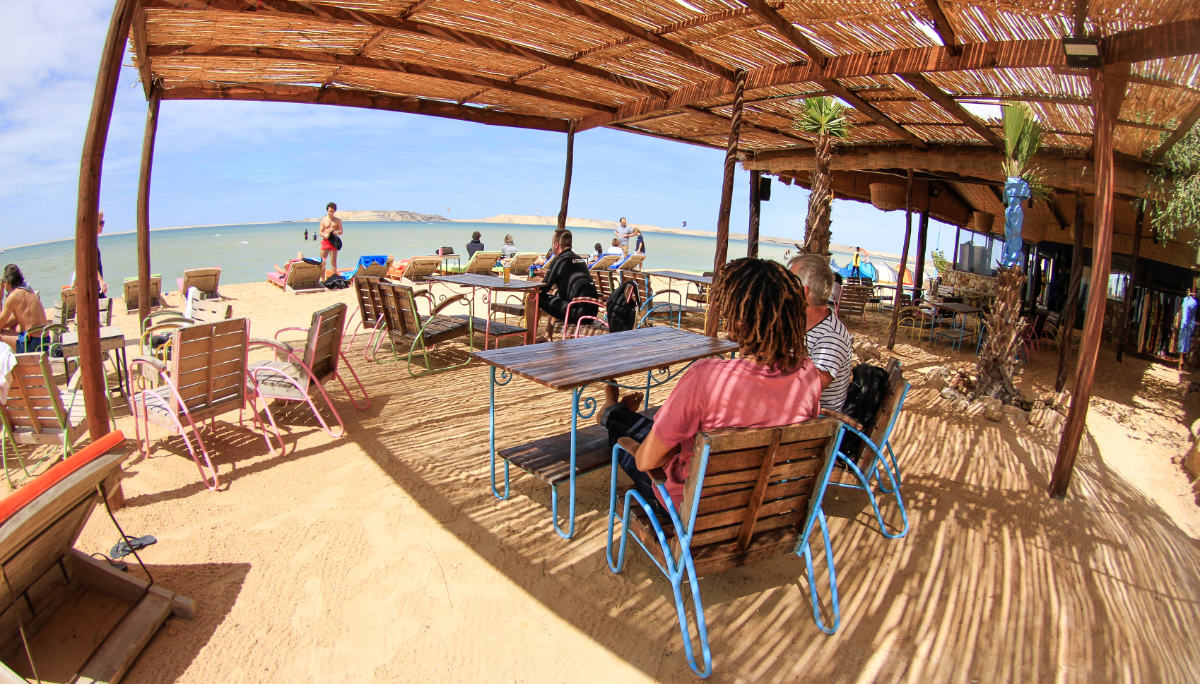
Optional Tour Available – Catamaran Ride, Kite Surfing, Desert Excursion. Own expenses.
Hotel – Zenith Dakhla Kite Resort or Dahkla Club
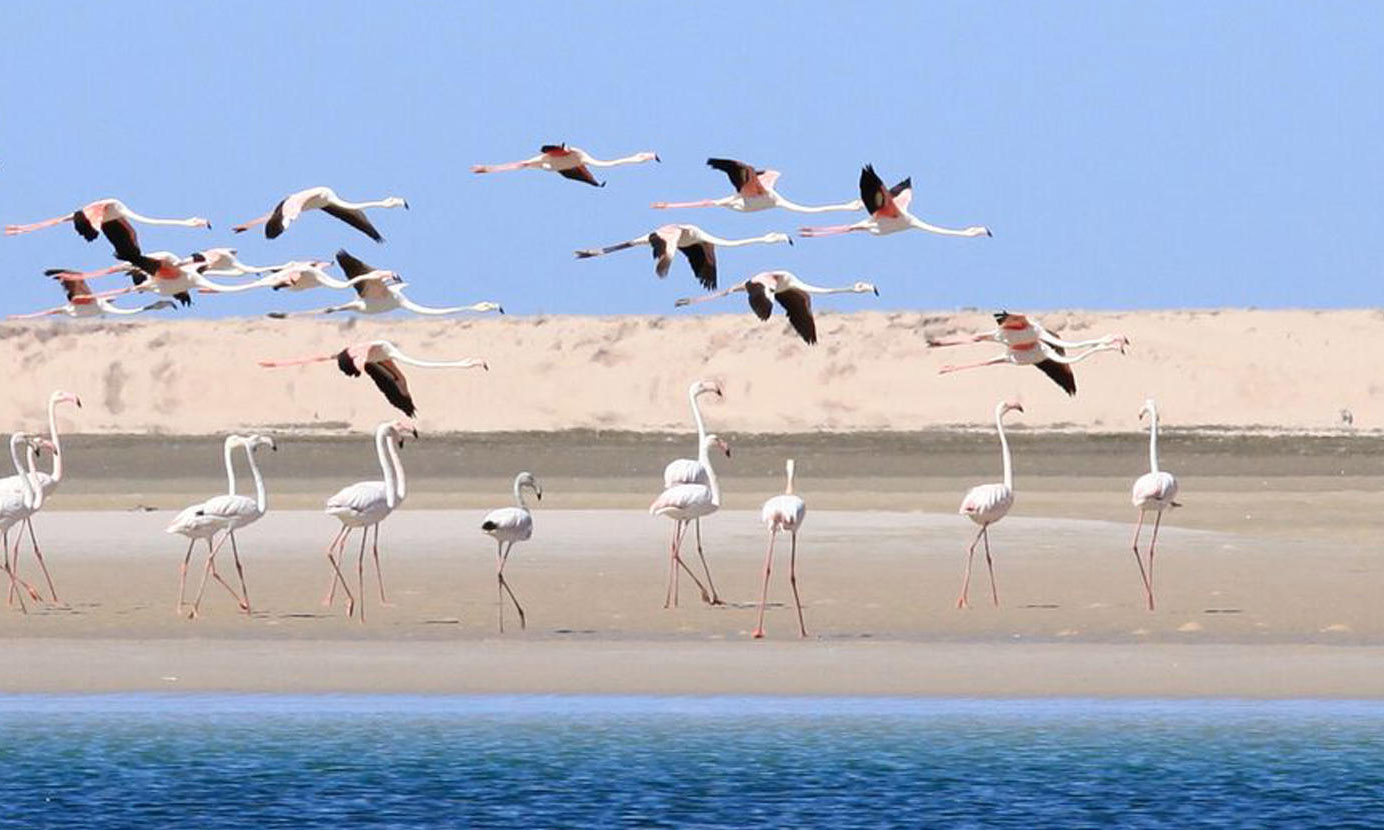

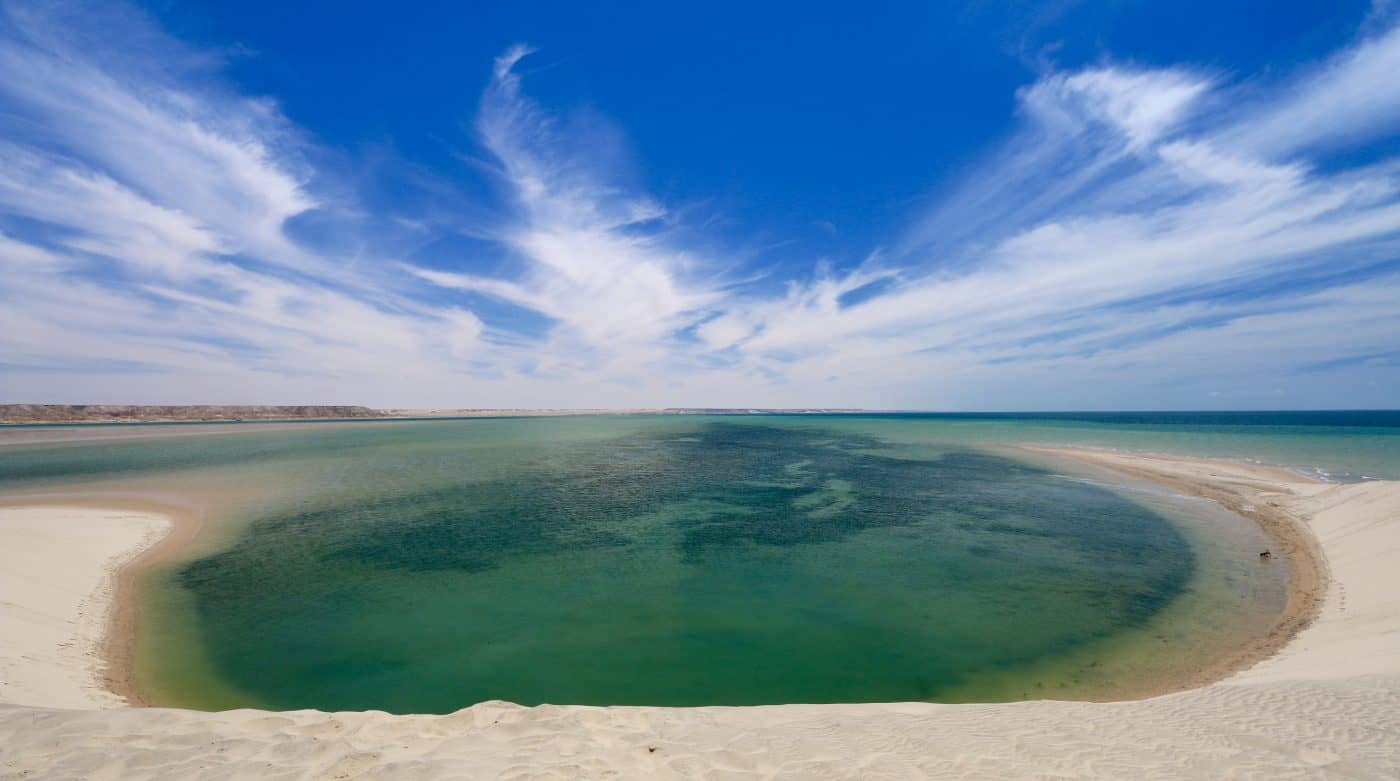
Hotel – Zenith Dakhla Kite Resort or Dahkla Club
| Number of pax | 2 | 4 | 6 | 8 | Single Supplement |
|---|---|---|---|---|---|
| Tour Price Per Pax | € 2919 | € 2599 | € 2509 | € 2409 | € 785 |
Inclusion
✅ Private vehicle during excursion with English-speaking driver guide
✅ 11 nights’ accommodation on twin sharing basis
✅ Hotel breakfast, local lunch & hotel dinner as per itinerary
Hotel breakfast and dinner are usually buffet. Hotel dinner do not include water or any other drinks. Traditional accommodation will be ala carte traditional Moroccan food. Local lunch is normally set meal with soup/salad + main dish + water/mint tea.
✅ 1 small mineral water/person/day
✅ Local taxes
Exclusion
❌ Entrance ticket
❌ All tipping
❌ Personal expenses
❌ Single supplement
❌ Travel Insurance
❌ Visa (If applicable)
❌ Sightseeing, programs and activities outside the itinerary.
❌ Different transfer location (pick up & return)
Payment Policy
- 30% Deposit per person must be paid as reservation fee.
- Deposit made are non-refundable or transferable.
- The balance or full payment must be made 30 days before travelling.
Cancellation Policy
- Cancellation of booking must be made in writing to avoid any misunderstanding.
- If the company receives notice cancel 31 days or more before the date of departure, tour deposit will be forfeited. Otherwise, the following charges will apply:
- 30-16 days before arrival 60% loss of the total price.
- 15-8 days before arrival 70% of the total price.
- 7-3 days before arrival 80% of the total prices.
- Less than 3 days before arrival date is 100% of the total price.